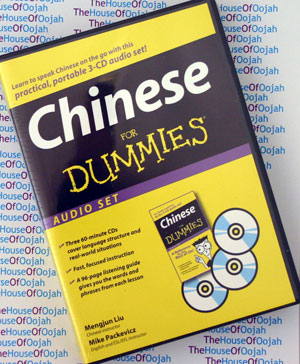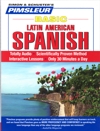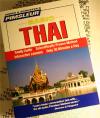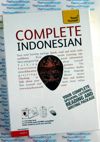Chinese for Dummies - Audio 3 CDs plus booklet

Chinese for Dummies3 Audio CDs and reference Booklet Get Other Chinese - Mandarin and Cantonese language learning Audio click here |
 |
Chinese for Dummies 3 Audio Cds and Booklet - Learn to Speak ChineseBrand New : 3 Audio CDs and Booklet The fun and easy way to communicate effectively in a new language! Want to speak Chinese? Don't have a lot of time? This practical audio set is designed to help you learn quickly and easily at home or on the road. From basic greetings and expressions to grammar and conversations, you'll grasp the essentials and start communicating right away! Plus, you can follow along with the handy, 96-page portable guide — filled with the words and phrases you'll hear on the CDs, plus a mini-dictionary. Skip around and learn at your own pace CD1: Get started with basic words and phrases. CD 2: Form sentences and practice parts of speech. CD 3: Handle real-world situations. Discover how to: *
Handle greetings and introductions Includes all Audio Files in mp3 formats as well as CD format - so you can copy them over to your iPOD or mp3 player Mengjun Liu teaches Chinese at Wesleyan University and Hopkins School in Connecticut. Mike Packevicz lives in China and teaches English to Chinese students. About the Chinese LanguageTraditional Chinese is a category of related Chinese dialects spoken across most of northern and south-western China. When taken as a separate language, as is often done in academic literature, the Mandarin dialects have more speakers than any other language. In English, Mandarin can refer to either of two distinct concepts: * to Standard Chinese or Standard Mandarin (Putonghua/Guoyu/Huayu/Hanyu), which is based on the particular Mandarin dialect spoken in Beijing. Standard Mandarin functions as the official spoken language of the People's Republic of China, the official language of the Republic of China (Taiwan), and one of the four official languages of Singapore. ‘Chinese’ — in practice Standard Mandarin — is one of the six official languages of the United Nations. In everyday use, Mandarin refers usually to just Standard Mandarin (Putonghua/Guoyu). In its broader sense, Mandarin is a diverse group of related dialects, some less mutually intelligible than others. It is a grouping defined and used mainly by linguists, and is not commonly used outside of academic circles as a self-description. Instead, when asked to describe the spoken form they are using, Chinese speaking a form of non-Standard Mandarin will describe the variant that they are speaking, for example Sichuan dialect or Northeast China dialect, and consider it distinct from ‘Standard Mandarin’ (putonghua); they may not recognize that it is in fact classified by linguists as a form of ‘Mandarin’ in a broader sense. Nor is there a common ‘Mandarin’ identity based on language; rather, there are strong regional identities centred on individual dialects, because of the wide geographical distribution and cultural diversity of its speakers. Moreover, it is of note that despite its wide use in the Occident, most native Mandarin speakers are reluctant to recognize the term 'Mandarin', since the word does not reflect any Chinese origin. Instead, they would rather call the language simply 'standard Chinese'. From an official point of view, there are two versions of Standard Chinese Mandarin, since the Beijing government refers to that on the Mainland China as Putonghua, whereas the Taiwanese government refers to their official language as Kuo-yü (Guoyu in pinyin). Technically, both Putonghua and Guoyu base their phonology on the Beijing Chinese accent, though Putonghua also takes some elements from other sources. Comparison of dictionaries produced in the two areas will show that there are few substantial differences. However, both versions of ‘school’ Standard Chinese Mandarin are often quite different from the Mandarin dialects that are spoken in accordance with regional habits, and neither is wholly identical to the Beijing dialect. Putonghua and Guoyu also differ from the Beijing dialect in vocabulary, grammar, and usage. It is important to note that the terms ‘Putonghua (The Common Language)’ and ‘Guoyu’ refer to speech, and hence the difference in the use of simplified characters and traditional characters is not usually considered to be a difference between these two concepts. |
Chinese for Dummies 3 Audio Cds and Booklet - Learn to Speak Chinese |

 0 Items (Empty)
0 Items (Empty)



